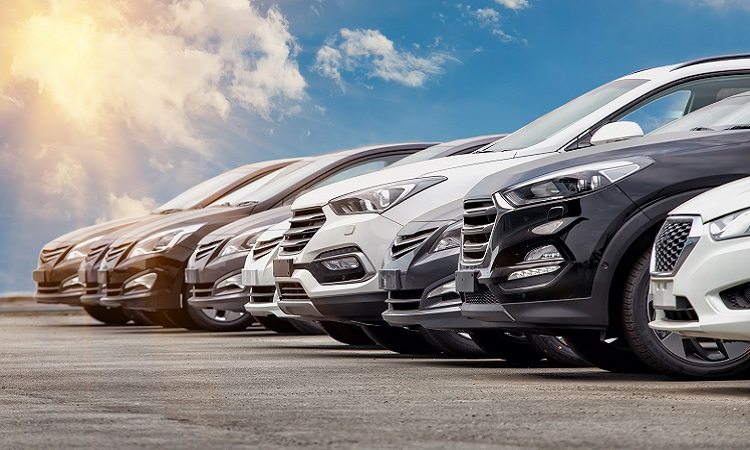Difference Between Wheel Alignment and Balancing
Difference Between Wheel Alignment and Balancing

Regular maintenance is vital to ensure the long life of vehicles. While the engine's health is crucial, the tyres are too. Wheel alignment and balancing help your car tyres run smoothly for a long time. Both processes are related but have different purposes.
What is Wheel Alignment?
Wheel or tyre alignment comprises adjusting the angle of the tyres to ensure they are perpendicular and parallel to the ground. It is primarily of three types:
- Toe alignment: focuses on angling the tires such that they are parallel to the ground when viewed from above.
- Camber alignment: corrects the vertical angle of the tyre to ensure even wear and tear
- caster alignment: measures the steering axis’s tilt based on its side view to help with the steering and to make the car move straight.
Timely wheel alignment ensures better fuel efficiency, enhanced handling, improved safety, uniform tyre wear and tear, and reduced strain on suspension.
What is Wheel Balancing?
Wheel balancing involves evenly distributing the weight of the tyre and wheel assembly by adding small weights. It is of two types:
- Dynamic balancing: the technician assesses where the tyre and wheel combo is the heaviest and attaches small weights to create a balance
- Match or road force balancing: the technician looks for the tyre’s lowest and the wheel’s highest points and adjusts the tyre.
While dynamic balancing prevents your car from vibrating or hopping when driven, road force balancing helps it run smoothly. Regular wheel balancing improves fuel efficiency, protects suspension, extends tyre life, and enhances safety.
Wheel Alignment and Balancing Cost
Wheel alignment typically costs between INR 150 and INR 300 per wheel, while wheel balancing usually costs between INR 500 and INR 1500. These charges may vary based on the location, vehicle model, type of wheels and tyres, etc.
Difference Between Wheel Alignment and Wheel Balancing
Wheel alignment and balancing are related, however, they both serve differently to ensure a safe and smooth ride on the road. While the former deals with adjusting the angles of the tyres, the latter is concerned with correcting the weight imbalances in the tyre and wheel assembly. Wheel alignment and balancing are equally important to ensure a safe drive. Having car insurance adds to the safety layer and financially safeguards the driver during any unfortunate road accidents.
Conclusion
As evident, wheel alignment focuses on adjusting the angles of the tyres to keep them straight, and wheel balancing ensures the tyres and wheels are well-balanced. Aside from the proper upkeep of car components, four-wheeler owners should also get car insurance for financial protection if an unfortunate event occurs. While Indian laws mandate third-party insurance, we prefer comprehensive insurance as it offers protection against third-party liabilities and damages to your vehicle.
Disclaimer: The above information is for illustrative purposes only. For more details, please refer to the policy wordings and prospectus before concluding the sales.
RELATED ARTICLES
How to Get Spare Car Keys Easily in India?
Hatchback Vs Sedan - What Are the Differences?
A Guide to Heads Up Display (HUD) In Cars: All You Need to Know
Car Paint Protection Film (PPF): Importance, Types and Advantages
Know Everything About Cruise Control Systems in A Car










 Car Insurance
Car Insurance  Bike/Two Wheeler Insurance
Bike/Two Wheeler Insurance  Health Insurance
Health Insurance  Pet Insurance
Pet Insurance  Travel Insurance
Travel Insurance  Home Insurance
Home Insurance  Cyber Insurance
Cyber Insurance  Third Party Vehicle Ins.
Third Party Vehicle Ins.  Tractor Insurance
Tractor Insurance  Goods Carrying Vehicle Ins.
Goods Carrying Vehicle Ins.  Passenger Carrying Vehicle Ins.
Passenger Carrying Vehicle Ins.  Compulsory Personal Accident Insurance
Compulsory Personal Accident Insurance  Travel Insurance
Travel Insurance  Rural
Rural  Critical illness Insurance
Critical illness Insurance 











